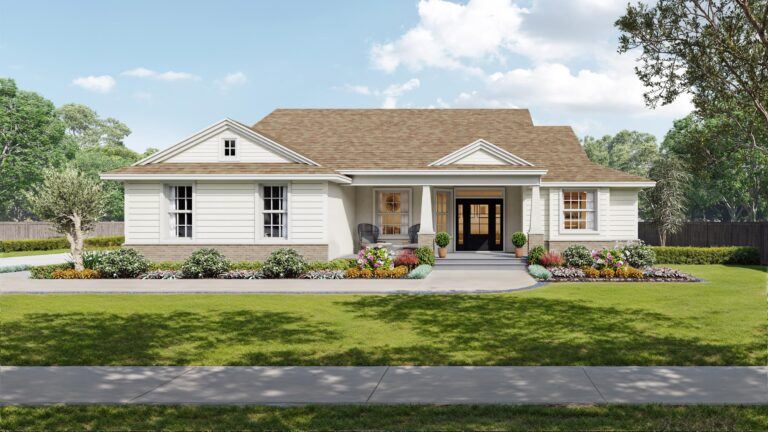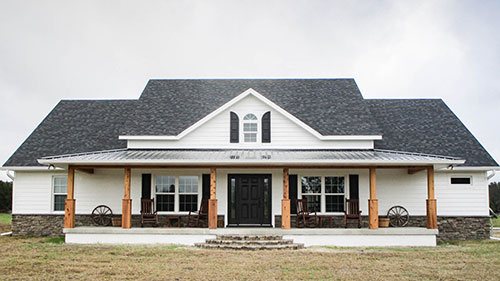Imagine this: you’ve got a vision of spending your first holiday season in your custom-built home, enjoying the warmth of a cozy fireplace or hosting a big family dinner in your brand-new kitchen. You’ve circled a date on the calendar and can’t wait to move in. But as the months pass, you start to worry—what if there are delays? What if you’re not in your new home when you hoped to be?
When it comes to building a custom home, the timeline can be one of the most nerve-wracking aspects. While your builder will set a general timeline—usually around 18 months from start to finish—there’s a lot that you, as the homeowner, can do to help keep the project on track.
The good news? By staying engaged, making timely decisions, and being prepared, you can play a key role in ensuring your dream home is completed on schedule. In this article, we’ll explore how you can do your part to avoid delays and keep your project moving smoothly.

Before we dive into your role in the process, let’s break down the timeline a bit. Building a custom home typically takes around 18 months. This includes approximately 6 months in pre-construction (design, permitting, and planning) and about 12 months for construction itself.
While the builder manages the overall timeline, from coordinating subcontractors to ordering materials, the project’s progress depends heavily on your ability to make decisions and provide necessary approvals. When you understand this, you can see how critical your involvement is to staying on schedule.
Here are some key ways you can contribute to a smooth, timely building process:

Let’s look at two homeowners to see how involvement can impact the building process:
Case Study 1: Emily’s Proactive Approach
Emily knew that her builder’s timeline was set, but she also understood how her decisions affected the schedule. She made sure to review and approve design elements quickly, stayed in regular contact with her builder, and avoided changing her mind after making choices. As a result, her custom home was completed right on schedule, and she was able to move in just as planned.
Case Study 2: David’s Last-Minute Decisions
David, on the other hand, struggled to make decisions. He often delayed picking out materials, and when he finally made choices, he would sometimes change his mind after seeing the progress on-site. Each change caused delays in ordering and scheduling, which pushed back the project by several weeks. In the end, David’s home was completed well after his original move-in date, causing unnecessary stress and additional costs.
These examples show how your involvement can directly impact the timeline. By being proactive and prepared, you help your builder stay on track, which means fewer surprises and a smoother process overall.

While your builder will handle the heavy lifting of managing the construction timeline, your role is just as important. By staying engaged, making decisions promptly, and avoiding last-minute changes, you help ensure that your custom home is completed on schedule.
Remember, this journey is a partnership between you and your builder. The more you’re involved, the more successful—and enjoyable—the process will be.
Ready to take the next step? If you’re serious about staying on schedule, download our full eBook, “The 7 Things You Must Know Before Designing a Custom Home.” It’s packed with tips and insights that will help you navigate every step of the process, ensuring your dream home is completed on time and on budget.
Mailing Address
2652 NE 24th Street
Ocala, FL 34470
Sign up to receive our GUIDE on 7 Things that you must know before designing your DREAM CUSTOM HOME.